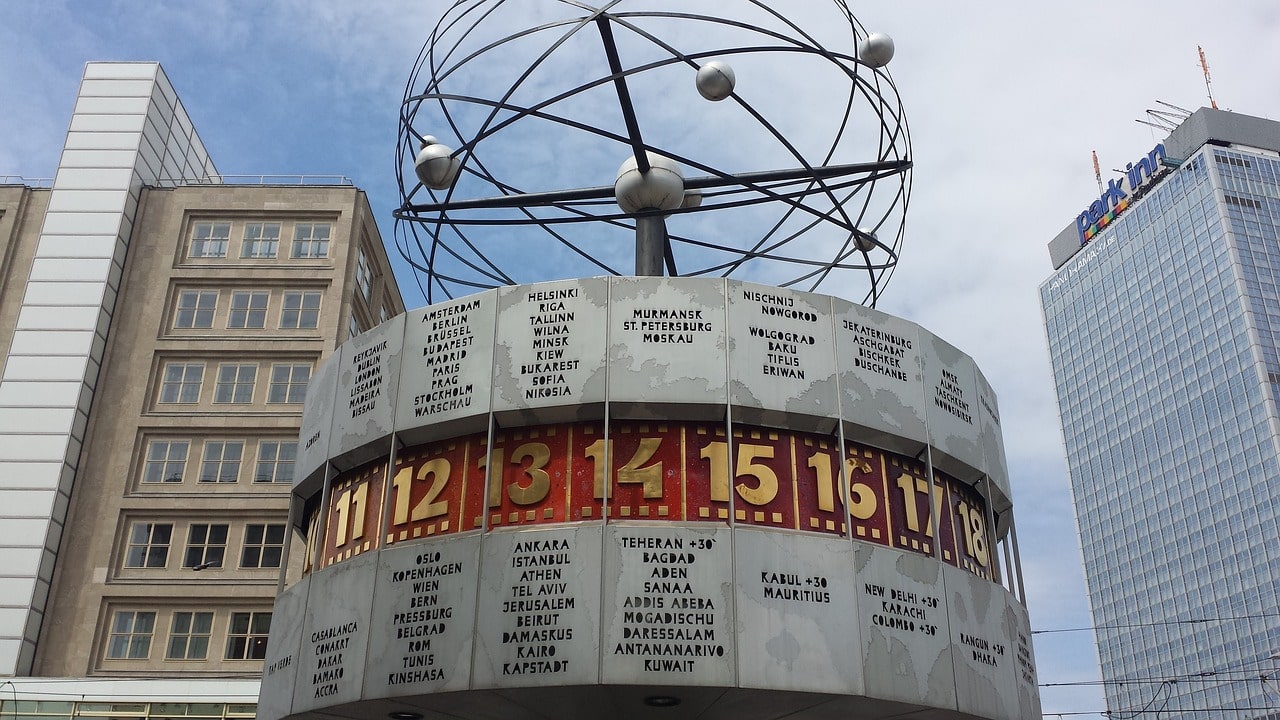How DST Started in Europe
In 1916, Germany pioneered the use of Daylight Saving Time (DST), becoming the first country to adopt this time-changing practice. DST rapidly gained traction from this initial implementation and was adopted by numerous other countries across Europe and the globe.

Currently, most European nations observe a coordinated DST schedule, commonly called summer time. This schedule starts on the last Sunday in March and ends on the last Sunday in October, aligning the clocks forward to make better use of daylight during the longer days of summer.
Introduced During World War I
Daylight Saving Time (DST) was first implemented in Europe during World War I to conserve fuel for the war effort. Although proposed earlier by individuals like William Willett in the United Kingdom, it wasn't until April 30, 1916, that Germany officially adopted it. By advancing clocks by one hour, Germany aimed to cut down on the need for artificial lighting, thereby conserving coal and other essential resources.
The practical benefits of DST, such as better use of daylight during longer spring and summer days, led Austria-Hungary to quickly follow Germany's lead. Within weeks, many European countries, including the United Kingdom and France, adopted DST. The UK began on May 21, 1916.
However, the practice was short-lived. After World War I, many countries stopped using DST. For example, Germany discontinued DST in 1919, shortly after the war ended. The United Kingdom stopped using DST in 1919 but reinstated it during World War II. Many other nations followed suit, finding that the disruptions caused by changing clocks outweighed the benefits during peacetime.
France's Division Over DST
In France, Daylight Saving Time (DST) caused mixed reactions. The rural population, heavily reliant on natural daylight for agricultural activities, found the clock changes disruptive and inconvenient. By 1920, many rural areas had abandoned DST, reverting to standard time. In contrast, Paris and other major cities saw DST as beneficial and continued to support it.
In 1923, the French Cabinet eliminated the clock changes but adjusted working hours. From April 28 to November 3, working hours began and ended 30 minutes earlier, aligning more closely with daylight hours. Despite this shift, Paris maintained the seasonal time changes, reflecting the city's ongoing preference for DST and its benefits.
Germany's Expansion of DST During World War II
During the Second World War, Germany expanded the practice of Daylight Saving Time (DST) to many occupied European countries as part of its resource conservation efforts. DST was already in use in Germany to reduce energy consumption by using daylight better. Germany imposed DST on nations such as Denmark and Poland to streamline this practice across its occupied territories, integrating their time systems with the German model.
In the Netherlands, the Germans advanced local time by 1 hour and 40 minutes, changing the country's time zone from "Dutch Time" to Central European Summer Time (CEST). The Netherlands remained on year-round DST until 1942. From 1942 to 1945, Dutch clocks followed Germany's DST schedule. After the liberation, the Netherlands abolished DST, and there were no clock changes until 1977.
France initially resisted DST but officially adopted it by 1941. Despite the official change, some French patriots continued using the old French time, two hours behind the Berlin-based DST. This resistance underscored the complexities and tensions surrounding time changes during the war, reflecting both the practical challenges and the symbolic resistance to occupation policies.
Abandoned After World War II
After World War II, some countries kept Daylight Saving Time (DST) to help conserve fuel during the recovery and rebuilding phases. For instance, the United Kingdom used British Double Summer Time, advancing clocks by two hours during and after the war.
Nevertheless, many European nations soon abandoned DST. It became a symbol of wartime disruption, and countries like Italy and France repealed it as they moved past the German occupation. This shift marked a return to standard time and reflected a broader move away from wartime measures as countries focused on reconstruction and stability.
The 1970s Oil Crisis Revives DST
The 1970s oil crisis revived Daylight Saving Time (DST) across Europe. European countries sought energy-saving measures following the 1973 OAPEC oil embargo, which led to soaring energy prices and a recession. Greece reintroduced DST in 1975, and by the decade's end, most of Europe had adopted the practice again.
In 1996, the European Union standardized DST, a directive still in place today. Most European Economic Area (EEA) countries, except Iceland, start DST on the last Sunday in March and revert to standard time on the last Sunday in October. Switzerland, though not in the EEA, follows the same schedule.
The European Union's Move to End DST
Daylight Saving Time (DST) in Europe could soon be abolished or significantly reformed. On March 26, 2019, the European Parliament voted to end the biannual clock changes associated with DST, giving member states the choice to either adopt permanent "summer time" or revert to permanent standard time, also known as winter time. However, the implementation of this decision has been delayed, with member states still finalizing the details.
To address the challenges of transitioning away from Daylight Saving Time (DST), the European Commission introduced a new directive in 2020. This proposal seeks to resolve issues from the previous vote by standardizing DST practices and providing member states with more flexibility in setting their time policies. These changes underscore the ongoing debates and complexities in creating a unified approach to time adjustments across Europe, indicating a possible move away from traditional DST practices.



